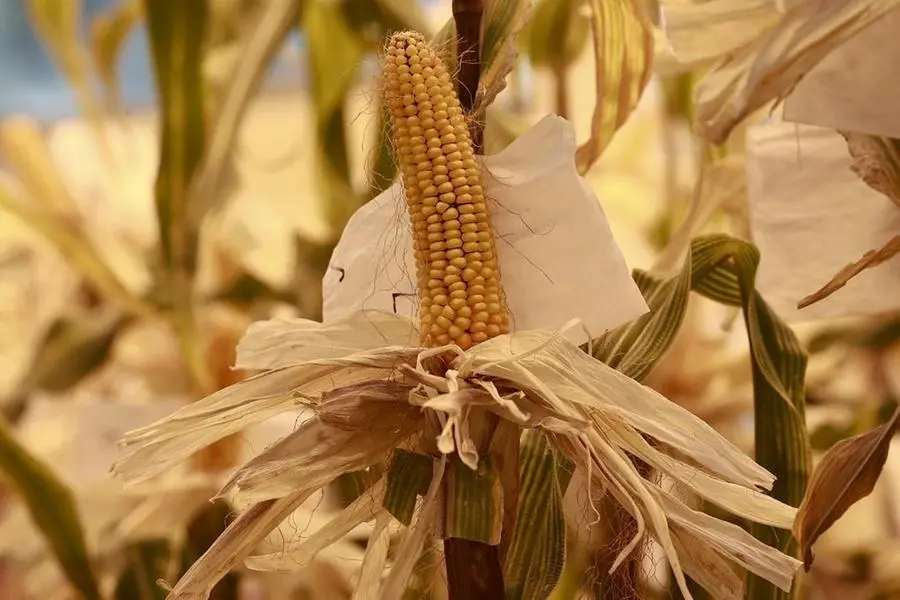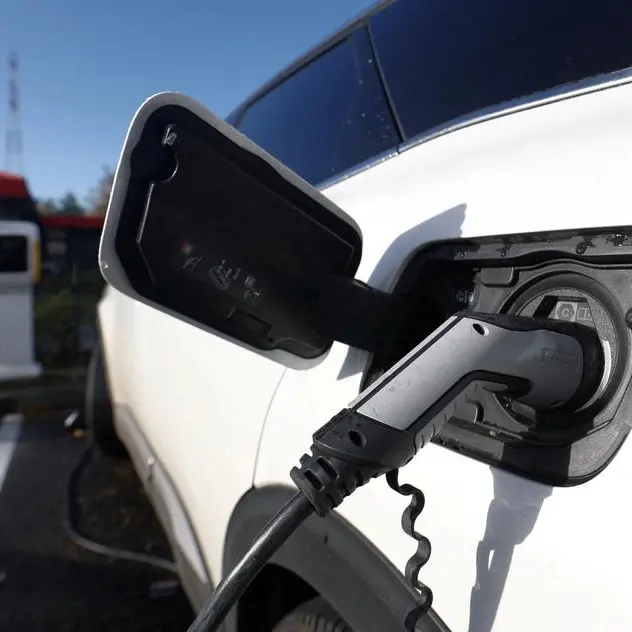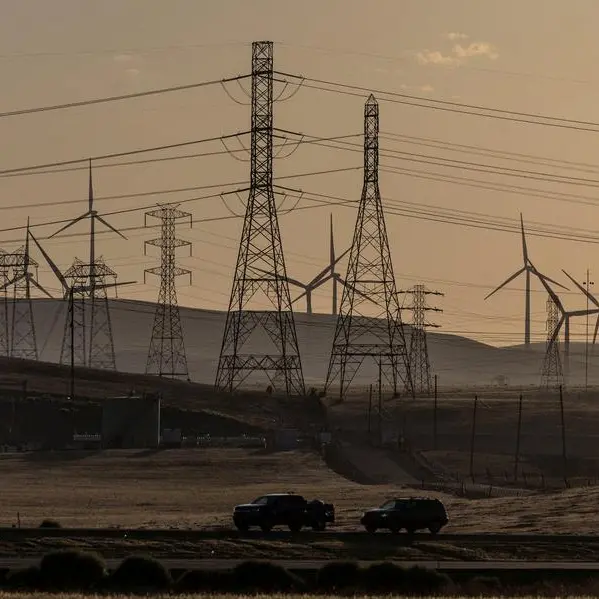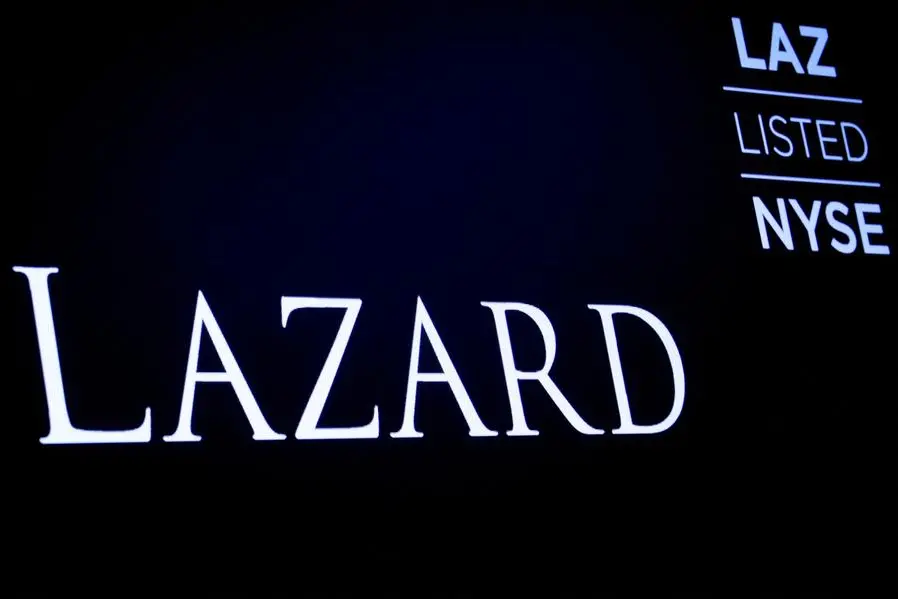PHOTO
(The opinions expressed here are those of the author, a market analyst for Reuters.)
NAPERVILLE, Ill.: While La Nina’s predicted exit within the next couple months could bring relief to parched crop areas in the southern U.S. Plains and Argentina, weather implications for the upcoming U.S. corn crop are not as clear-cut.
La Nina, which arises when surface waters in the equatorial Pacific Ocean are cooler than normal, may soon fade out, making way for average or even warmer conditions to form toward mid-2023. That mildly increases the chance of a bountiful U.S. corn crop, but a disaster cannot be ruled out.
La Nina and its warm-phase cousin El Nino usually peak in strength during the U.S. winter. The U.S. summer can either be a maintenance or transition period for this oceanic pattern, known as El Nino-Southern Oscillation (ENSO).
Therefore, it is more common for ENSO to be in a neutral-negative (La Nina-like) or neutral-positive (El Nino-like) state during the U.S. summer. This reduces the correlation between U.S. summer crop outcomes and ENSO, whereas dryness in Argentina’s summer or the U.S. Plains’ winter is a very good bet during La Nina, for example.
La Nina is on its third consecutive season, but its departure could be near. Forecasters expect neutral-positive conditions for the May-August time frame, when weather is important for U.S. corn. There is a slight bias for El Nino to form after August.
Although it varied greatly by state, U.S. farmers on average did not produce a stellar corn crop in 2022 due to drought in the west. That has kept domestic corn supplies tight and prices elevated, putting more pressure on the 2023 harvest to perform.
PROBABILITIES
It cannot be said that El Nino is favorable for U.S. corn yields because El Nino or neutral-positive ENSO prevailed in the summer months of what were some of the poorest harvests including 2012, 2002, 1993 and 1983.
However, when compared with long-term yield trends, nine of the 11 best yielding years within the past four decades coincided with El Nino or neutral-positive during June-August. Most recently, that includes 2017, 2014, 2009, 2004 and 1994 and excludes 2016.
A mid-year neutral-positive ENSO historically offers the best chances for temperatures in the crop-heavy Midwest to be below average during the most critical months of July and August. The four coolest July-August periods within the last 20 years or so occurred during neutral-positive ENSO years. Those were also the years that featured the best corn yields.
But the hot summer of 2012 is also among the neutral-positive years.
Above-average summer rainfall in the Midwest is slightly more likely during positive ENSO phases versus negative ones, and the separation is most prominent using late spring ENSO readings. Of the 10 driest July-Augusts over the past four decades, only three took place after neutral-positive ENSO or El Nino conditions dominated the period centered around May.
The wettest Midwestern July-August, 2016, occurred during an El Nino-La Nina transition. The 2012 season was among the driest.
It is important to remember that ENSO is not necessarily the main driver of U.S. summer weather patterns, though it could offer an initial bias. Right now, the focus is on excessively dry conditions across the Plains and whether those ease toward the spring when corn planting begins.
2023 ANALOGS
Compared solely against U.S. crop outcomes, the general La Nina-to-El Nino trend predicted for 2023 historically favors slightly better corn yields, though there is one stinker in the bunch.
Recent years where an early-year La Nina gave way to El Nino by year’s end include 2018, 2009 and 2006. U.S. corn yield was average in 2006 and a little above in 2018. The 2009 yield was considered bin-busting, though that result is controversial as heavy late-season rains docked crop quality.
The strong corn-yielding year of 2014 offers another possible comparison as it featured neutral-negative ENSO that tracked to El Nino by the end of the year.
La Nina fading to neutral-positive ENSO toward the end of the year is the less ideal scenario as company includes 2012, the infamous U.S. drought year. However, the positive ENSO conditions faded back into neutral-negative for the 2012-13 winter. Karen Braun is a market analyst for Reuters. Views expressed above are her own. (Writing by Karen Braun Editing by Matthew Lewis)























